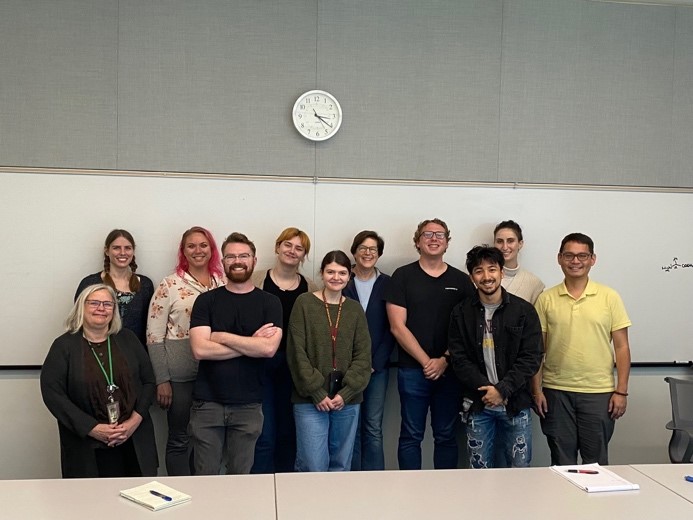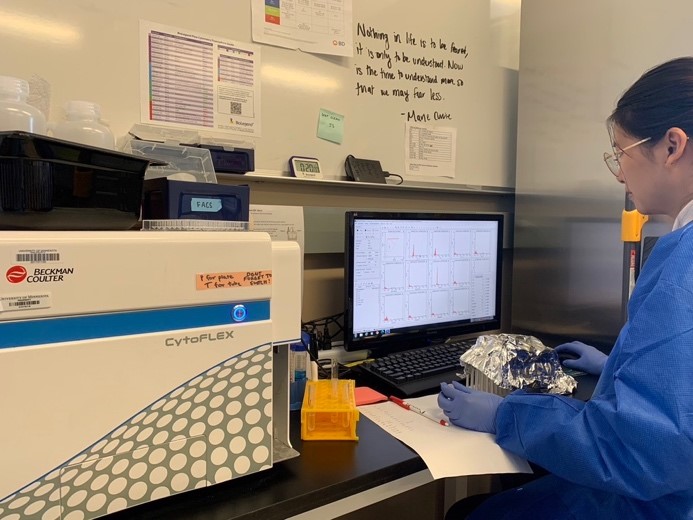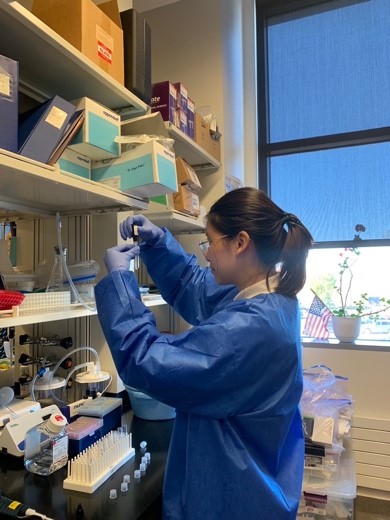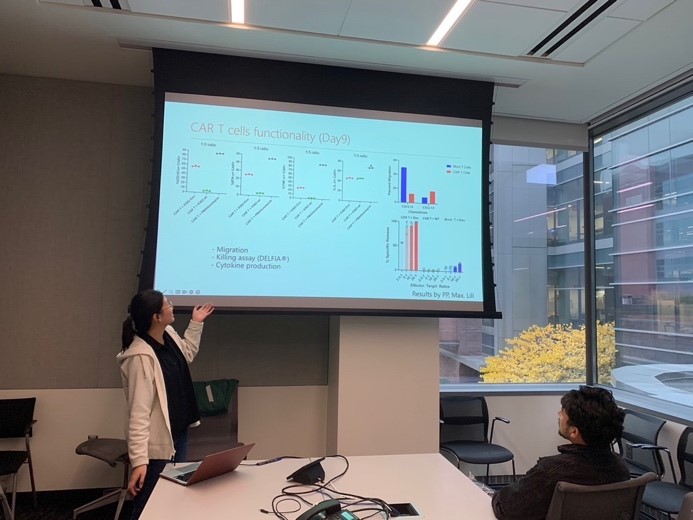Internship report by Ms. Wisa - Global Communication Report #15
December 8, 2023
Global Communication Report #15
Our Graduate Schools of Infectious Diseases and Veterinary Medicine participates in the World-leading Innovative & Smart Education (WISE) program. The special curriculum in our WISE Program includes a variety of internships abroad. Graduate students in the program stay at international organizations, research institutes, and companies to engage in professional internships.
Hokkaido University WISE Program for One Health Frontier Graduate School of Excellence
https://onehealth.vetmed.hokudai.ac.jp/
In this issue, Ms. Wisa Tiyamanee, a second-year graduate student in our laboratory, reports on her internship activities.
Internship at the Department of Veterinary and Biomedical Sciences, College of Veterinary Medicine, University of Minnesota
As one of the World-leading Innovative and Smart Education (WISE) program students, which encourage participants to be involved in One Health issue, I had a chance to conduct my internship at the Department of Veterinary and Biomedical Sciences, College of Veterinary Medicine, University of Minnesota, U.S.A, supervised by Prof. Pamela J. Skinner.
“Pam’s lab” that I visited is well-known for improving chimeric antigen receptor (CAR) T cell efficiency for human immunodeficiency virus (HIV) infection. HIV infection can lead to chronic threatening diseases such as acquired immunodeficiency syndrome (AIDs) or lymphoma due to immune evasion and exhausted immune cells. My primary research also studies the pathogenesis of immune exhaustion during bovine leukemia virus (BLV) infection; that’s the reason I am interested in this laboratory. This lab’s research for HIV therapy has developed so far, and one of the most critical therapeutic methods is cell therapy called CAR T cell therapy. Unfortunately, HIV has a strong immune evasion strategy as they escape into B cell follicles, so killer immune cells can’t control them. To solve this problem, they construct the CAR/CXCR5 T cell with immunoinhibitory molecules knocked down genes and test the production efficiency and functionality either in vitro or in vivo. Because CXCR5 is required to home the B cell follicles that don’t have high expression in original T cells, they solved the hypothesis that T cells with CXCR5 can migrate into B cell follicles. For the next step, they tried to knock down the immunoinhibitory molecule as PD-1 from T cells to prevent T cell exhaustion; here’s the point I have a chance to join. It was a great experience to shadow and learn new techniques that might apply to my research, especially migration assays and RNAscope.
Moreover, I have many chances to join local and international seminars either online or on-site. I gained a lot of motivation for research, and it encouraged me to focus on my academic future career.
Cancer and Cardiovascular Research Building (CCRB), University of Minnesota
Pam’s lab member

Research activities during the internship


Progress presentation in the last week of my internship

